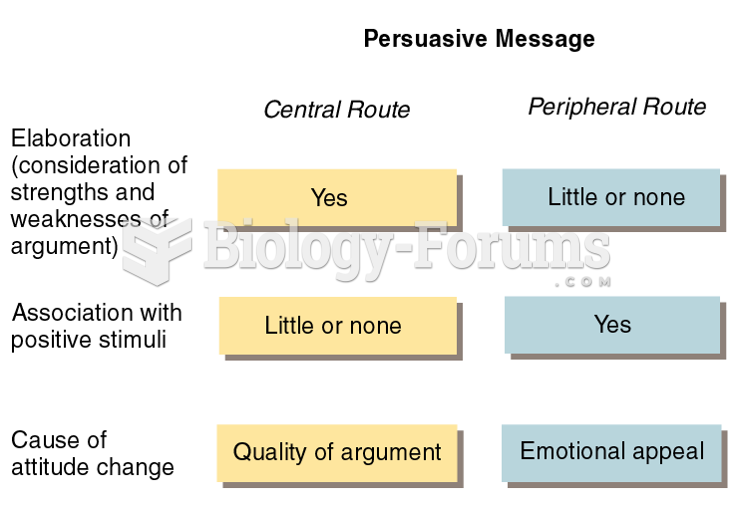Answer to Question 1
- However fascinating or well-written this story may be, some readers may object: how can anyone wish to pay tribute to a decayed old poisoner who sleeps with a corpse? The narrator patiently gives us reasons for his sympathy.
As a girl, Emily was beautiful, a slender figure in white, fond of society. But her hopes were thwarted by her domineering father, whose horsewhip discouraged suitors from her door. The narrator notes that after her fathers death, the townspeople begin to pity her: being left alone, and a pauper, she had become humanized (par. 26) and we knew that with nothing left, she would have to cling to that which had robbed her, as people will (par. 28). Her strength and pride vanquished all who would invade her house: the new Board of Aldermen who tried to collect her taxes, the Baptist minister sent to lecture her on her morals, the relatives from Atlanta who eventually departed. It is important, Ray B. West Jr. writes, to realize that during the period of Emilys courtship the town became Emilys allies in a contest between Emily and her Grierson cousins, because the two female cousins were even more Grierson than Miss Emily had ever been (Atmosphere and Theme in Faulkners A Rose for Emily,
Perspective Summer 1949: 23945).
Having satisfied their natural interest in the final horror of the story, students can be led to discuss why A Rose for Emily isnt a mere thriller. Discuss the storys title with your students: after all, no actual rose ever appears in it. Perhaps Emily herself is the white rose of Jefferson (like the heroine of
The White Rose of Memphis, a novel by Faulkners grandfather). The usual connotations of roses will apply. A rose is a gift to a loved one, and the whole story is the narrators tribute to Emily.
Years ago, Joanna Stephens Mink of Illinois State University, Normal, divided her class into several groups and conducted a mock murder trial of Emily Grierson, which ended, after spirited debate, with an acquittal of Miss Emily by reason of insanity. For Professor Minks full account, see We Brought Emily Grierson to Trial in
Exercise Exchange, Spring 1984: 1719. Inspired by her example, Saul Cohen of County College of Morris in New Jersey later tried a similar experiment. In this instance, enough suspicion was raised about the actions of Miss Emilys servant to create reasonable doubt, leading to a straight acquittal. Professor Cohens account appears in
Exercise Exchange for October 1990.
Your students might enjoy another view of the story expressed in this limerick by the celebrated bard Anonymous:
Miss Emily, snobbish and cranky,
Used to horse around town with a Yankee.
When shed wake up in bed,
With the dust of the dead,
She would sneeze in her delicate hanky.
Answer to Question 2
- Although A Rose for Emily is both Gothic and grim, it also contains several moments of humor, a feature that is particularly Southern. (Teachers may wish to compare Faulkners humor with Flannery OConnors, for while both are Southern writers, they each have their own flavor.) For example, from a certain point of view, Emilys refusal to change, and the way in which she never has to pay taxes, is funny. When the deputation comes to visit her, they rise when she enters the room, and she does not ask them to sit down. She simply repeats I have no taxes in Jefferson. When she tells them to see Colonel Sartoris and to look at the city records, some readers may laugh, for the Colonel has been dead for ten years By the storys end, we learn again that she has never had to pay taxes, and the reader realizes that for all of her Southern innocence, she is a strong-willed woman who knows how to get her way. In addition, the description of the four men who cross Miss Emilys lawn like burglars, not to steal from her but to deal with the rotten stench, may cause some readers to laugh.







